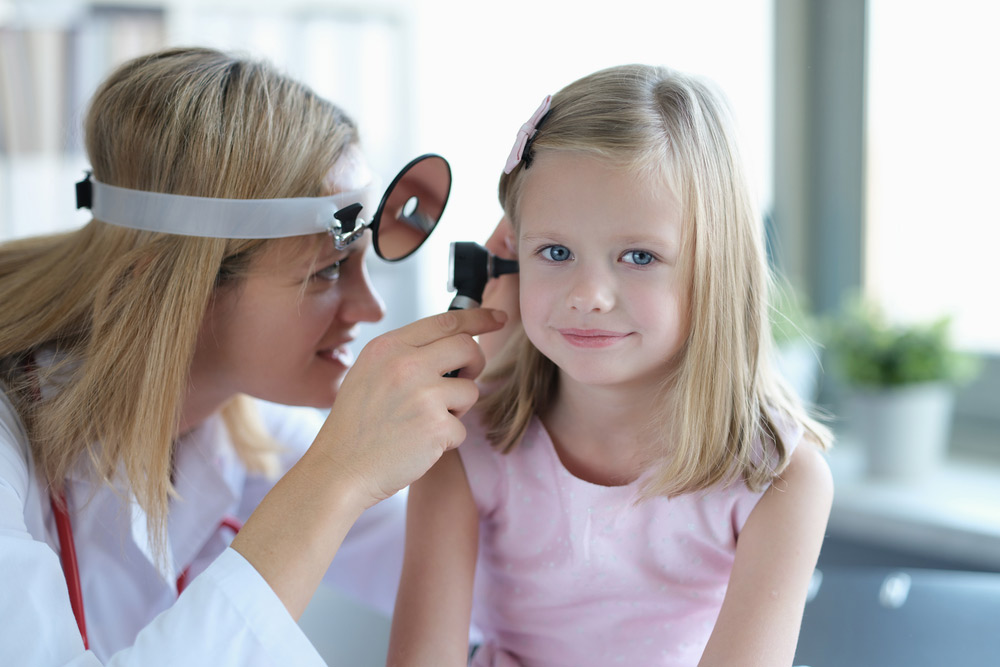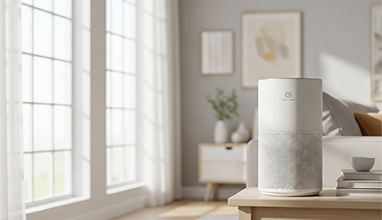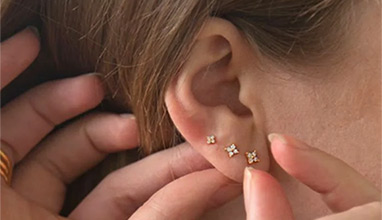Your First Visit to an Audiologist's Clinic: What to Expect for Hearing and Balance
If it is your first time going to an audiologist's office, you might feel a little confused or even scared. That is perfectly normal. Many people don't really understand what happens at an audiologist session, especially when it comes to hearing and balance. However, there is no need to worry. This guide will teach you everything you need to know to feel sure and ready.

Photo: Depositphotos
Why You Need to See an Audiologist?
In general, people make appointments to see an audiologist for a few reasons. Some of these are:
- Hearing is hard, especially when there is a lot of noise around.
- Feeling that people stutter or talk too quietly.
- Ringing in the ears all the time (tinnitus).
- Feeling dizzy or unbalanced.
- Frequent requests to increase the volume on televisions or phones.
Audiologists are trained professionals who understand how to help people with hearing and balance problems. They can help you figure out why you're having these symptoms and give improve your life better. Some centers, like https://hearingbalance.sg treat both hearing and balance problems, so you can get all the help you need in one place. If you have trouble hearing or can't figure out why you're dizzy, a full review by professionals can help you find the right treatment.
Before Your Meeting
It's helpful to write down your symptoms before your appointment. Write down when they started, how often they happen, and what makes them happen. Furthermore, make sure to let the doctor know about any past ear infections, head accidents, or hearing problems in your family during your appointment. Some offices may also require you to fill out a brief form beforehand. This step helps the audiologist understand your worries better and tailor the testing process to your needs.
What Takes Place During the Meeting?
On your first visit, you'll probably start with a friendly chat. The audiologist will want to know about your medical background, the signs you're having now, and how they're affecting your daily life. This part is important because it tells us everything we need to know about our hearing and balance. The next step is the physical test. An otoscope is a small tool that the audiologist will use to look inside your ears. This tool helps find any blocks, diseases, or strange things that might be affecting your hearing. You will then undergo a series of hearing and balance tests. These don't hurt or get in the way. For hearing, you could put on headphones and listen to different sounds or words at different levels. To stay balanced, you may need to move your head or look at something. These tests help find out if the part of your ear that controls your balance is healthy.
After The Tests
In simple words, the audiologist will sit down with you after the tests and tell you what they found. They'll discuss hearing aids or lifestyle changes if you have hearing loss. If your balance is off, they may suggest more tests or therapy to help you feel less dizzy and avoid falling.
Don't be afraid to ask them anything; they'll take the time to explain it. This period is your chance to learn more about your illness and feel more in charge of your health. Going to see an audiologist for the first time is a beneficial idea. Not only do you need to get an evaluation, but you also need to get help. You'll understand what's going on and how to move forward if you get help from a professional. Don't delay, even if you've had issues for a while or just noticed signs. You can significantly improve your hearing and balance if you seek help early. Please keep in mind that the first meeting is the first step toward better hearing.
Hits: 3131 | Leave a comment
Tags:Audiologist, clinic, hearing, balance
















